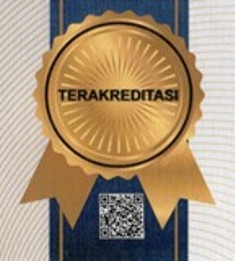Strategy for Community Adaptation in Facing Flood Natural Disasters in Pesisir Selatan District, West Sumatra
Strategy for Community Adaptation in Facing Flood Natural Disasters in Kabupaten. Pesisir Selatan, West Sumatra
DOI:
https://doi.org/10.24036/sjdgge.v2i2.170Keywords:
: Landforms, land characteristics, and adaptation strategiesAbstract
Adaptation of the community to flood natural disasters is part of the flood mitigation natural disaster that often occurs in the rainy season. The aims of this research is to analyze landform units and land characteristics that have flood hazards and community adaptation strategies in dealing with flood natural disasters. The method used in this research is the survey method, which is to collect data on land characteristics as characteristics or characteristics of flooded areas and interviews with local communities about adaptation strategies undertaken to deal with flood natural disasters. The results showed that the landform units formed due to the flood process in the study area were in the form of floodplains, back swamps, alluvial terraces, depression inter beach ridge, and alluvial plain complexes. The unit characteristics of landforms generally have flat morphometry with slopes ranging from 0 - 2%, the genesis of these landform units due to fluvial and marin processes. The constituent material in this area is mud to coarse sand. The rock conditions in this area are rocks originating from volcanoes and undergoing a process of destruction due to processes from the river so that the rocks in this area are gravel, rough sand, fine sand. Soil conditions in each unit of landform also vary from the formation of soil to on newly developed land. Vegetation that grows in each unit landform of this is in the form of natural vegetation and lovely water vegetation or vegetation which requires a lot of water for its growth and development. The community strategy in dealing with flood natural disasters is in the form of staging houses, knowing the time of occurrence of tides, and opening the river estuary if the river estuary is covered by sediment.












